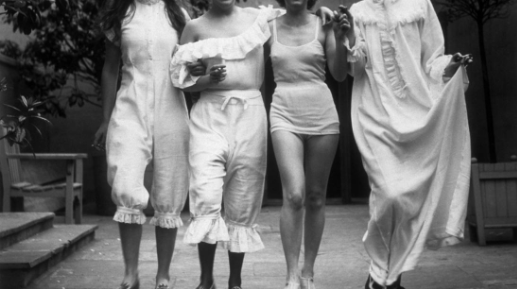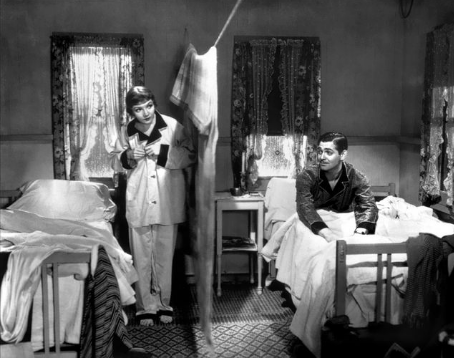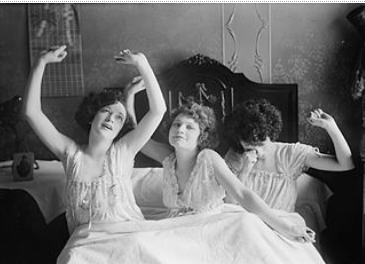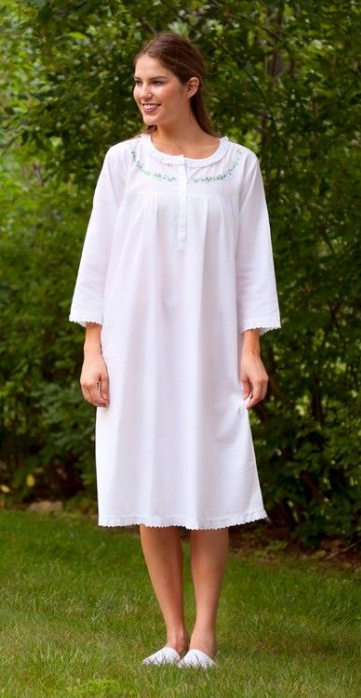
Nightgown, nighties, and pajamas; to you, they’re just something you throw on without thinking before heading to bed. But did you know that there’s actually an extensive history surrounding the white cotton pajamas we all know and love?

Historic Sleepwear
Centuries ago, sleepwear wasn’t the cutest or most comfortable thing on the market. According to mentalfloss.com’s article on changing sleepwear, “from ancient times until the 1800s, people would either catch Zs in a variety of nightwear, ranging from their day clothing to undressing down to their tunic and undergarments—the equivalent of today’s plain white T-shirt and leggings.” Years and years ago, pajamas were bulky and didn’t have any shape to them. They absorbed perspiration, meaning they needed to be made of washable, white linen. The white linen could also be boiled and bleached and was the preferred fabric for lower, middle, and upper classes. The quality of the linen, however, denoted which economic level the wearer fell under.

Nineteenth Century Sleepwear
During the nineteenth century, nightgowns increased in popularity and became extremely distinguishable from other women’s undergarments. These white cotton nightgowns featured high collars, yokes, and cuffs. The high collar gave the sleepwear a more professional, put together look. They were made to appear more elegant than the historic nightwear of the past. These nightgowns also featured wider necklines that wasted less fabric and were convenient for the ill.

Ready-to-Wear Nightwear
As the nineteenth century went on, ready-to-wear white cotton pajamas because available. They were loose and long, had embellishment on the yoke, included ribbon, beading, lace, embroidery, and ruffles. The nightwear could even be monogrammed, if that’s what the person wearing the fabric desired. Monogramming has been around for centuries. The hoarding and use of large amounts of household linen became popular around the year 1200 AD, when sheets, tablecloths, and napkins were marked with dark ink to identify their owner. These nightgowns were typically white but sometimes came in different colors at the turn of the century.
The sleepwear we don today isn’t necessarily what people wore back in the day. Our pajamas tend to be a lot shorter, made of different fabrics, and come in a variety of styles and colors. But there are still many people who choose to stick to the classic nightgown. They’re breathable, comfortable, and all around classy.

